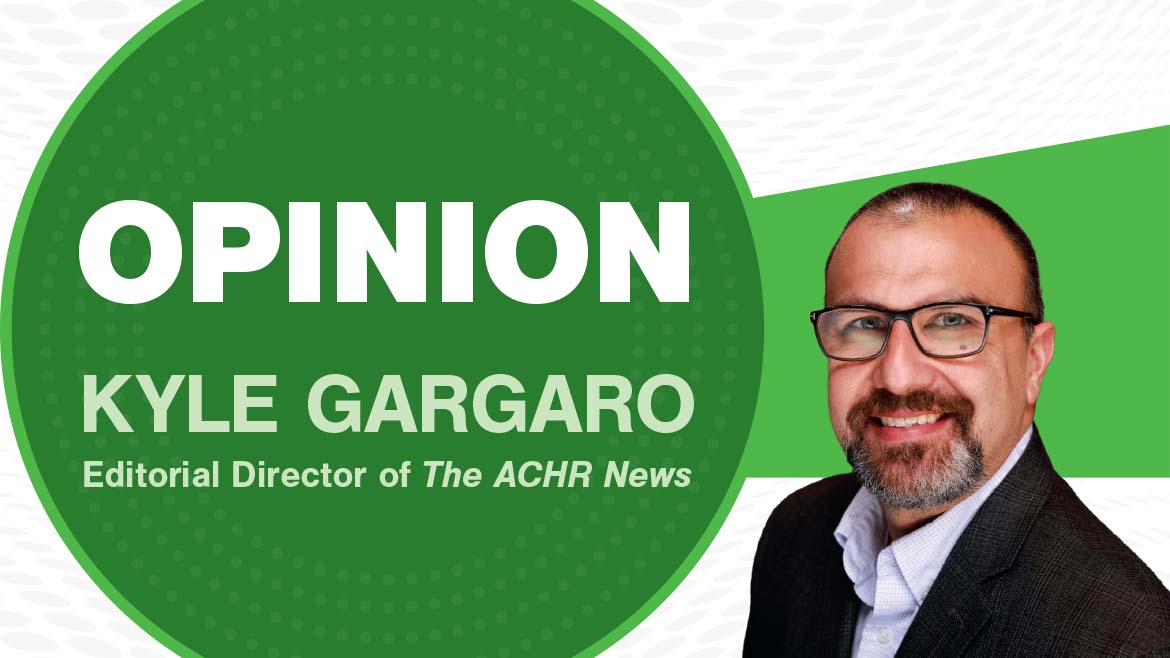Based on the contractors I talk to, it was a great summer to be in the HVAC residential market.
Will that translate to the upcoming winter heating season? Nobody can be sure. There are some strong signs pointing that direction, including people investing in their homes these days instead of travel and a backlog from last year’s mild winter.
However, a great winter is far from guaranteed with the U.S. economy not exactly hitting on all cylinders. What should a contractor do if industry circumstances cannot stem the tide of a slow economy? Certainly, they might need to cut expenses … just make sure those expenses are not marketing and advertising.
There is one constant in a bad economic times. It happened in the Great Depression, then after the dot-com bubble burst, and in our recent troubles in 2008. During those times, media usage goes up while advertising spending goes down. How counterintuitive is that? According to local advertisement forecaster Gordon Borrell, media usage grows on average 60% while advertising diminishes by 40%. That second number makes sense; think how much time you have spent during COVID consuming media.
People are out there to hear your message. Now is not the time to go silent.
Borrell surveyed 2,500 media companies asking where local advertising managers have experienced the greatest activity since the pandemic started. At the very top of that list was HVAC installation and repair at 54%. Hospitals came in at 47%, and home improvement stores rounded out the top three at 46%. The HVAC industry being No. 1 was impressive, given that it is not the largest advertising category. In fact, it is actually 26th in normal times.
Need more reasons to invest in advertising? Well, get a calculator. According to The Media Audit, 8% of adults are planning to buy an HVAC service in the next 12 months. This can be anything from a furnace inspection to an entire new system.
Now, 8% does not sound too great. But grab that calculator and do the math. Let’s say your market is 100,000 households — not a terribly large market. That is 8,000 households buying HVAC within the next 12 months. Breaking that down even further, that is 154 potential customers every single week.
If you are advertising, you are going to hit those 154 customers each week. If you take a couple weeks or months off, you are missing that opportunity. Those people are not coming back. They are going to your competitors who were advertising.
A good percentage of those customers are not looking for just a tune up. Now, 34% were planning to spend under $500. However, 24% were looking to spend $500-$5,000, while 11 percent said over $5,000. The remaining 30% was uncertain — probably because they have no idea how much good HVAC should cost.
So keep doing that math. In a market with 154 potential buyers, this equates to $284,000 in potential sales each week.
How do you get these people? Social media and your website are not the answer. That is how many businesses rationalize cutting their marketing budget — by saying they will spend time doing “free” advertising. Social media is important. But that is probably not bringing you any new customers. Rather, it is keeping you in front of customers you already have.
Remember the story of Post and Kellogg’s cereal from back in the Great Depression. They were the two heavyweights of the market. Neck-and-neck in market share. When the depression hit, Post shut down advertising while Kellogg’s doubled its ad budget. By 1933, while the economy still tanked, Kellogg’s had risen 30%. Fast forward to today, and they are the dominant player in the cereal market.
So pour yourself a big bowl of Rice Krispies and decide what advertising platform is right for your company.

